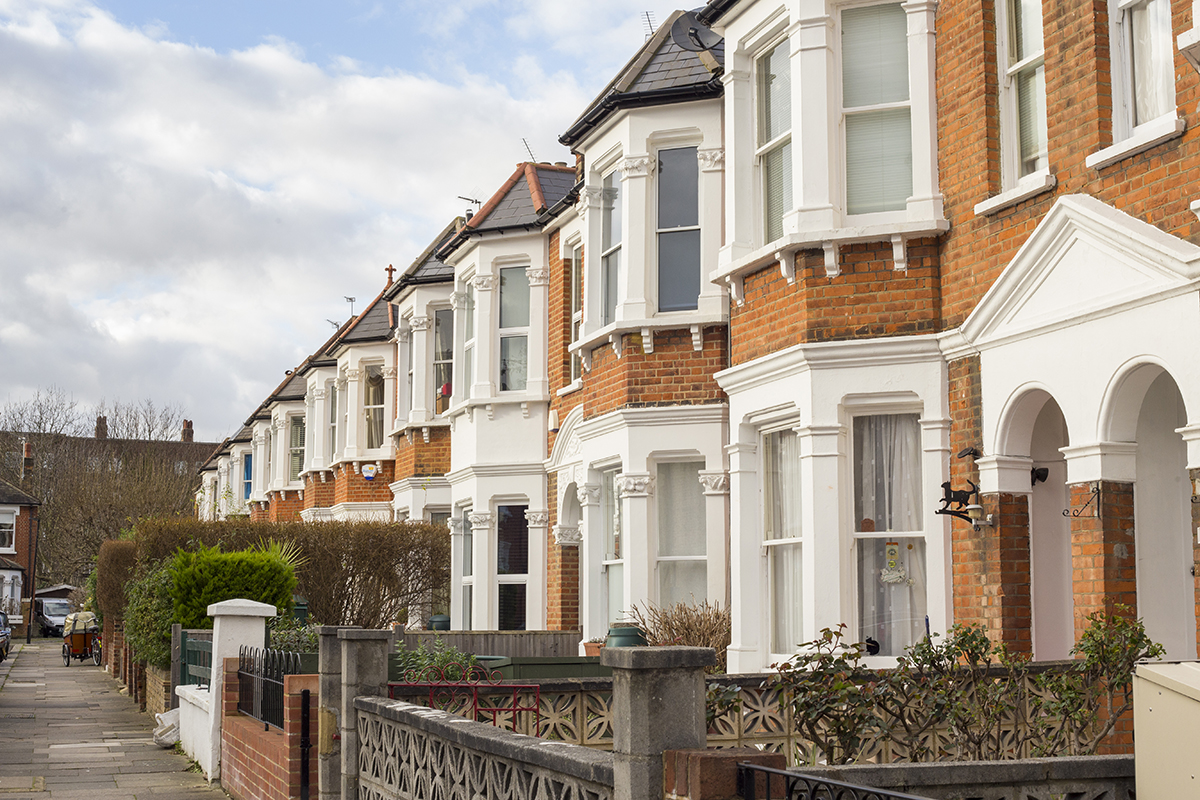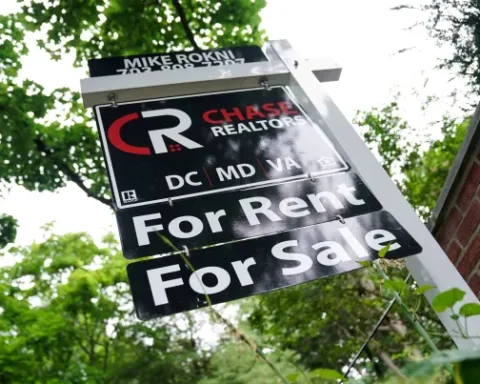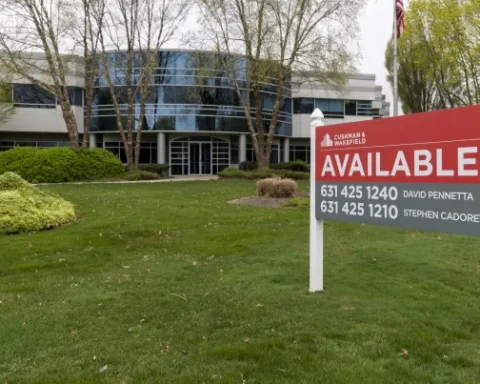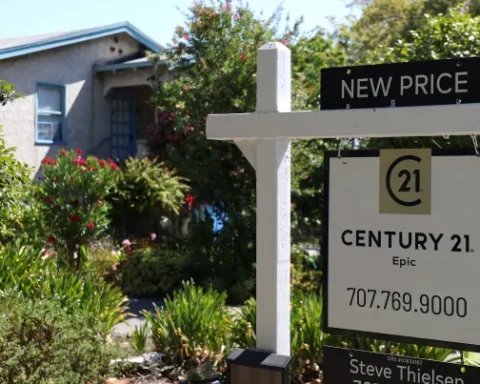UK house prices have seen another decline, marking the fourth consecutive monthly fall, with data from Halifax indicating that rising borrowing costs are causing a shift in preferences among first-time buyers towards smaller homes.
In July, the average price decreased by 0.3%, positioning the average UK home at £285,044. This is a significant drop from its peak in August of the previous year, which stood at £293,992. However, the annual decline rate has seen a slight moderation. A 2.4% decrease in property prices was noted in July, compared to the 2.6% fall in June.
The southeast region saw the most substantial decline, with an average drop of 3.9% in July. This accounts for a decrease of over £15,500 in the typical property value over the past year. Conversely, the West Midlands remained stagnant in property prices, while Wales and other regions experienced a drop.
According to Halifax, the housing market remains robust against challenging economic conditions despite these trends. Kim Kinnaird, the director at Halifax Mortgages, commented on the situation: “We’ve observed consistent activity among first-time buyers. Evidence suggests a growing interest in smaller homes as a countermeasure to escalating borrowing costs.”
The buy-to-let sector is feeling the pinch due to increased interest rates and potential changes in the rental market, affecting landlord business models.
Linking the housing market’s trajectory to the broader economic landscape, Kinnaird noted several supporting elements, such as a 7% annual wage growth. However, the recent rise in unemployment may exert downward pressure on this trend. She added that with the Bank of England recently elevating interest rates to 5.25%, homeowners face a reality where borrowing costs might remain high.
This “affordability squeeze” might lead to a further decline in house prices in the upcoming year. Kinnaird predicts a slow descent rather than a drastic plunge. Despite the current conditions, she mentioned that average house prices remain 19% above pre-Covid levels, amounting to a difference of £45,000.
Several estate agents and property specialists align with the Bank of England’s perspective on the affordability challenges leading to falling house prices. Tom Bill from Knight Frank forecasts a 5% decrease in UK house prices for 2023 but believes demand will be sustained by factors like strong wage growth and savings from the lockdown.
Gareth Lewis from MT Finance remarked on buyers’ changing behaviour, who either postpone purchases or make more aggressive offers, but still showcase an existing intent to buy.
Supporting these observations, LSL Property Services warned about declining house-buying activities, citing alterations in the home loans market influenced by raised interest rates. The company reported a significant fall in revenues for the first half of the year, amounting to £104m, a sharp decline from £160.9m during the same period in the previous year.
The UK’s housing market dynamics shift underscores the intricate relationship between broader economic indicators and individual purchasing behaviours. As the landscape evolves, factors like wage growth, policy changes, and market resilience will play pivotal roles in shaping the future of property investments. First-time buyers, estate agents, and lenders alike will need to adapt, strategize, and innovate to navigate the challenges and opportunities presented by this new market reality.







